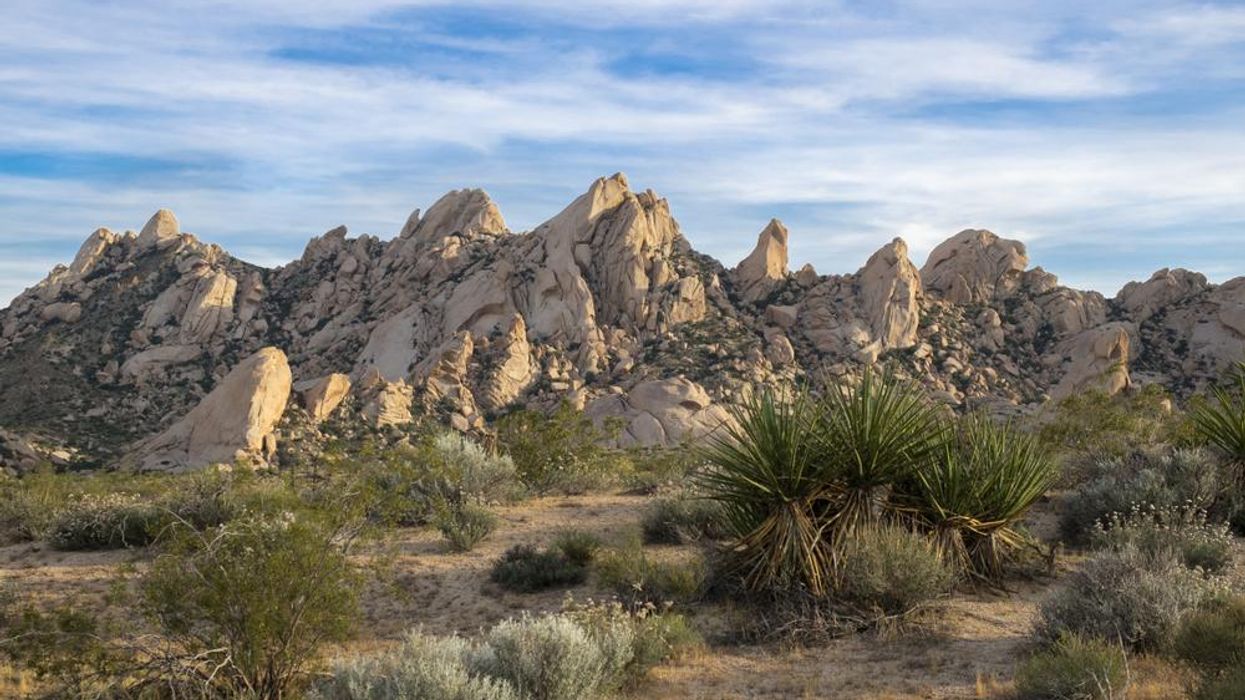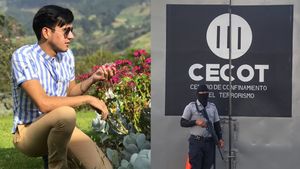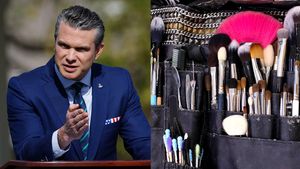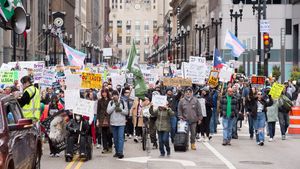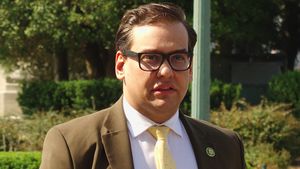The Biden Administration is set to issue a proclamation that would protect 450,000 acres in Nevada as land historic to Mojave Native Americans.
According to The Washington Post, President Biden will finalize the proclamation on Wednesday at the White House Tribal Nations Summit, marking his largest land conservation act in office to date.
The land encompasses 700 miles, nearly the entirety of Nevada's lower triangle and is home to Mojave landmark Avi Kwa Ame, also known by its English name, Spirit Mountain. Two decades ago, congress preserved the mountain and surrounding area of 33,000 acres. Under Biden, the land protected from development has now increased by 13 times.
Chair of the tribal council Tim Williams told The Post: “There’s a spiritual connection that makes us Mojave people. If it’s not protected, our generation will not have done our job.”
For Fort Mojave and nearly a dozen other tribes, Avi Kwa Ame is regarded as the site from which their ancestors emerged. The land also hosts an expanse desert that tortoises, bighorn sheep, golden eagles, and hundreds of other species migrate through annually.
Neal Desai, a senior project manager for the National Parks Conservation Association, added that the opportunity to protect land on such a large scale does not arise often.
“This is the missing link connecting the Mojave Desert and the Colorado Plateau,” he said. “This really doesn’t happen very often. Not at this scale.”
While local tribes and environmental groups have voiced support for Biden's decision, advocates of renewable energy worry that it may hinder wind and solar development. Nevada's desert canyons produce large gusts of wind, with 292 days of sun per year.
But Desai believes that this is a huge step forward for environmental and indigenous rights, especially following the Trump Administration's rollback of protections on monuments, and support of industry development.
“This was a big shift for the whole environmental community,” Desai said. “Not only did the Trump administration have a different outlook on public lands use, but we were seeing site-specific threats.”
Kim Garrison, an artist based in Searchlight, NV near Avi Kwa Ame shared that towns in the area unanimously agreed to keep industry out, in a process that welcomes "gentle economic growth."
“You don’t appreciate what you have until people want to make changes to it," Garrison said. "It was surprising how together our community was. It didn’t matter what flag they were flying outside their house, people wanted to protect this land.”
- Native Food Drive Provides Traditional Meals to Indigenous Elders - Advocate Channel ›
- Vandals Destroy 22,000-Year-Old Sacred Cave Art - Advocate Channel ›
- Georgia Begins Reparations of Native American Artifacts - Advocate Channel ›
- Biden Enacts Federal Disaster Declaration Over Arizona Floods - Advocate Channel ›
- Edward Norton Discovers Real-Life Pocahontas Is His 12th Great-Grandmother - Advocate Channel ›
- Colorado Launches New Alert System to Help Find Missing Indigenous People - Advocate Channel ›
- Justice Patricia Thompson Lee on Her Historic Nevada Supreme Court Appointment & Rosa Parks' Mentorship | AdvocateChannel.com ›
- USDA's $700M Plan bringing internet to Rural Americans ›
- Biden Designates Mountain Sacred to Indigenous Tribes as National Monument ›
